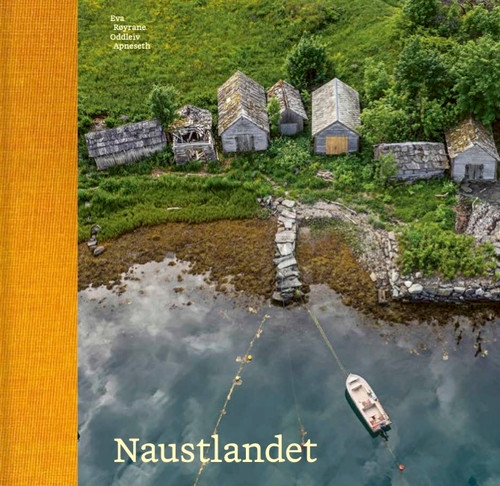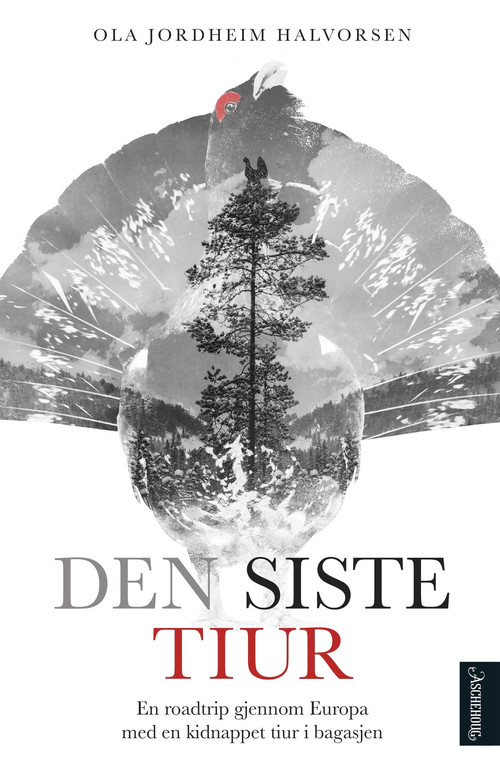The impact of tourism on indigenous peoples is an important issue. The research on the consequences of tourism in the early 1800s is varied and extensive. The studies focus on the different areas of effect of tourism on the indigenous. The consequences that the activities of tourism impose upon the hosts’ economics, socio-cultural aspects and the environment. During the passing years, the interest of the studies has shifted more towards the socio-cultural and environmental impacts. During the 1980s, the understanding grew that the different consequences must be seen in context. This brought out both the positive and negative aspects of tourism. The most important thing going forward, is to try to minimize the negative impact and optimize the positive sides.
In this book, the author shows that Sápmi has long been a popular destination for tourists. One can hardly forbid travellers to come to Sápmi, so it is important for the local touristic businesses to act as good hosts. This means that they should not only focus on the commercial aspect.






